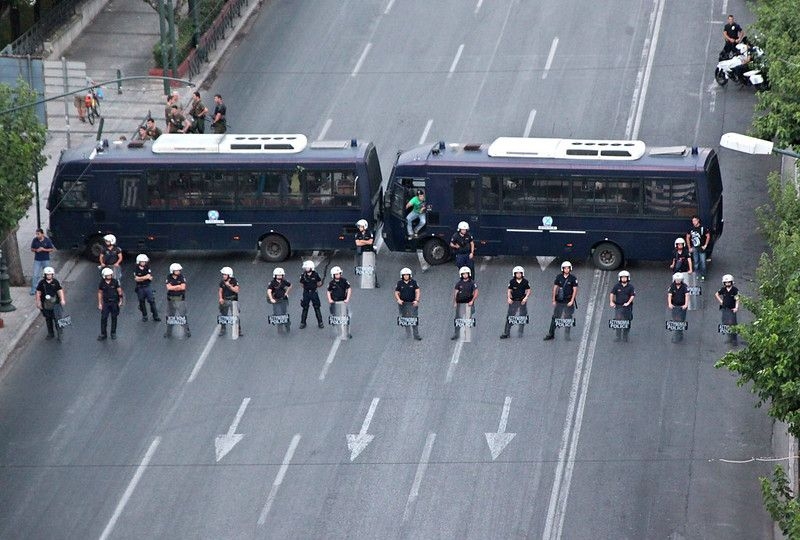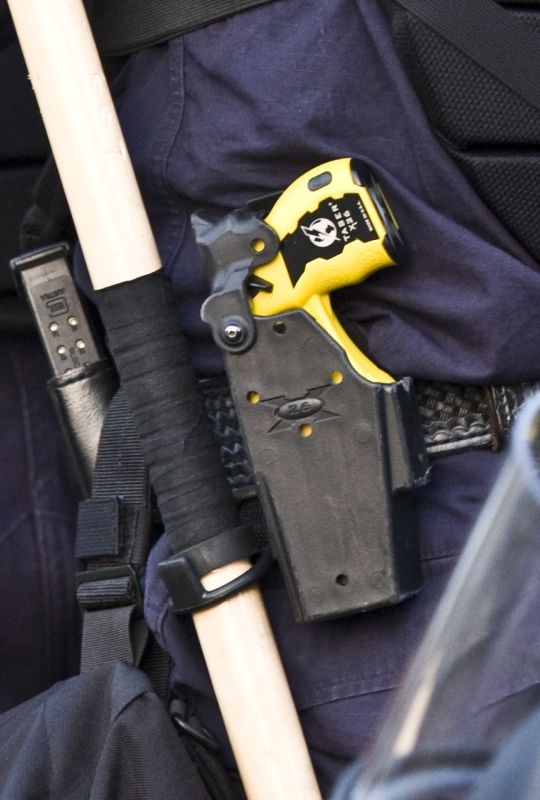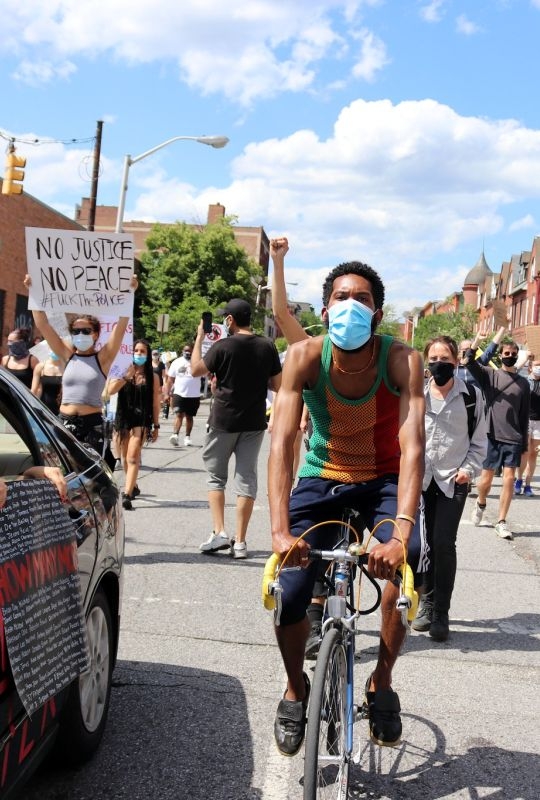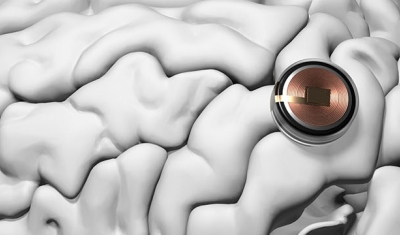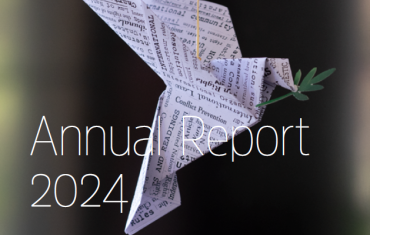In their blog post, Abi Dymond and Neil Corney also highlight that the UN Guidance has already been referred to by oversight and human rights bodies, states and other actors worldwide, including in Chile, Georgia, Hong Kong, Iraq, Jamaica and elsewhere.
‘It is very encouraging to see that this document, which is not even one-year-old, has already been referred to in so many different contexts and by different actors. This is exactly what our research aims at: to make it relevant for, known and used by those who should apply it. We expect that more and more civil society organizations but also law enforcement agencies and oversight and human rights bodies will refer to it and use it in order to ensure the appropriate use of force and accountability’ stresses Professor Sassòli.
‘This June, the UN Human Rights Council will debate its biennial resolution on peaceful protest and we hope that the UN Guidance will be equally helpful and reflected in this document and discussions around peaceful protests’ adds Felix Kirchmeier, Executive Director of the Geneva Human Rights Platform.




